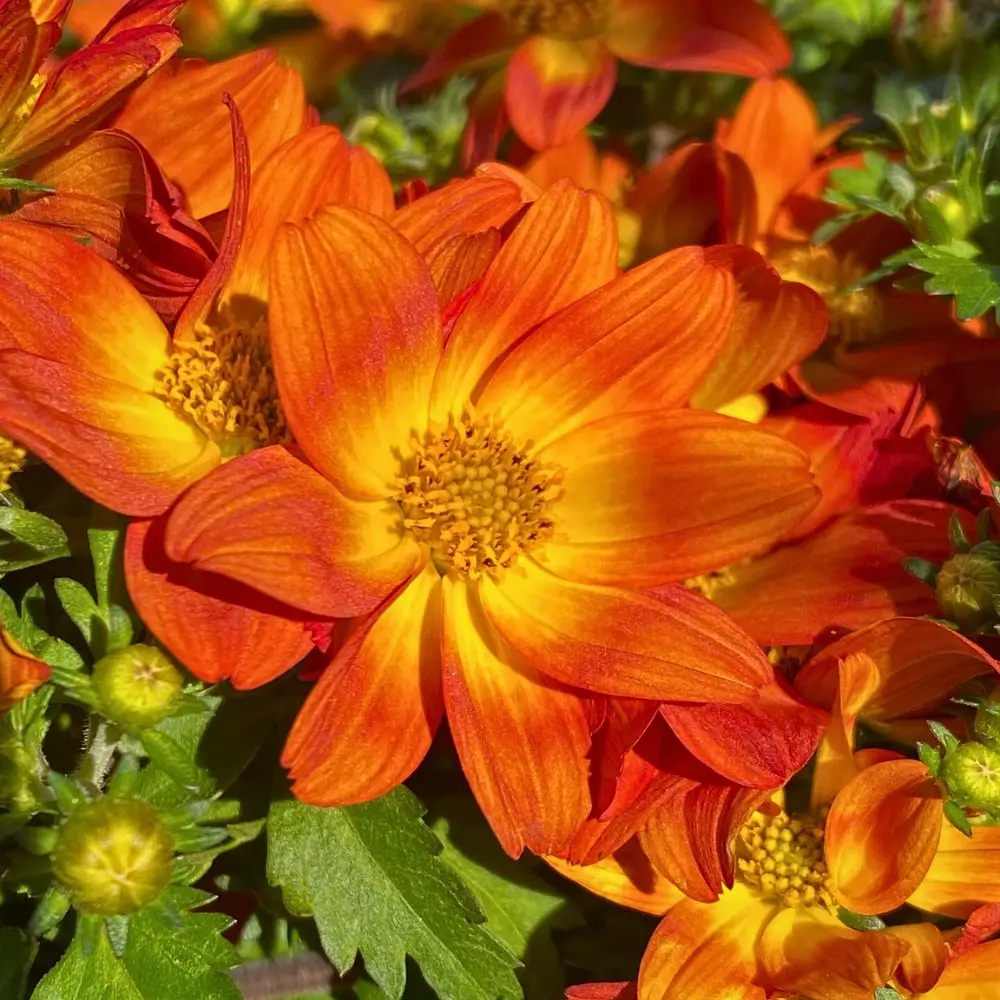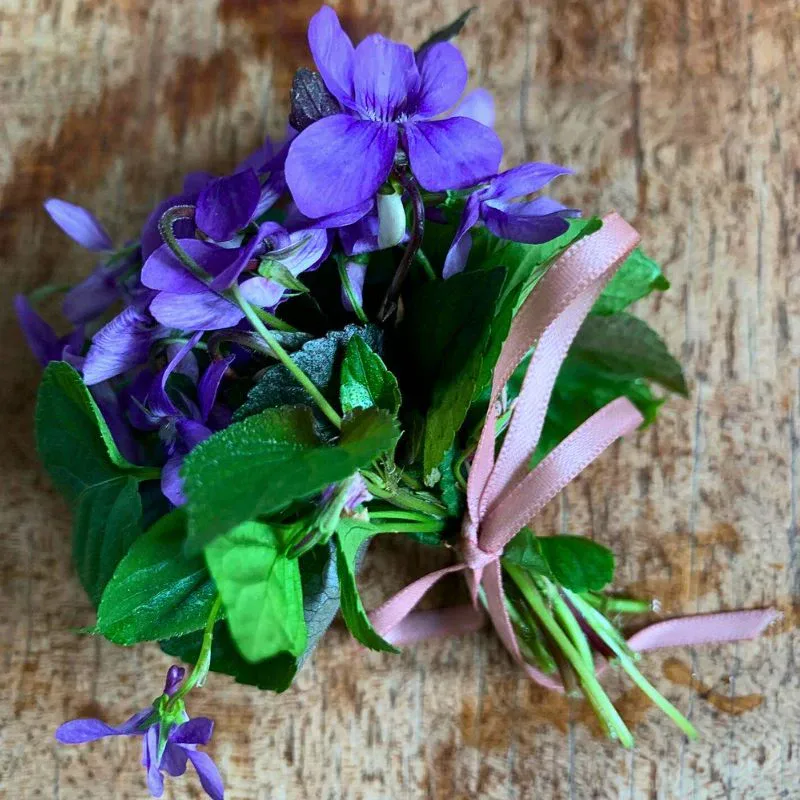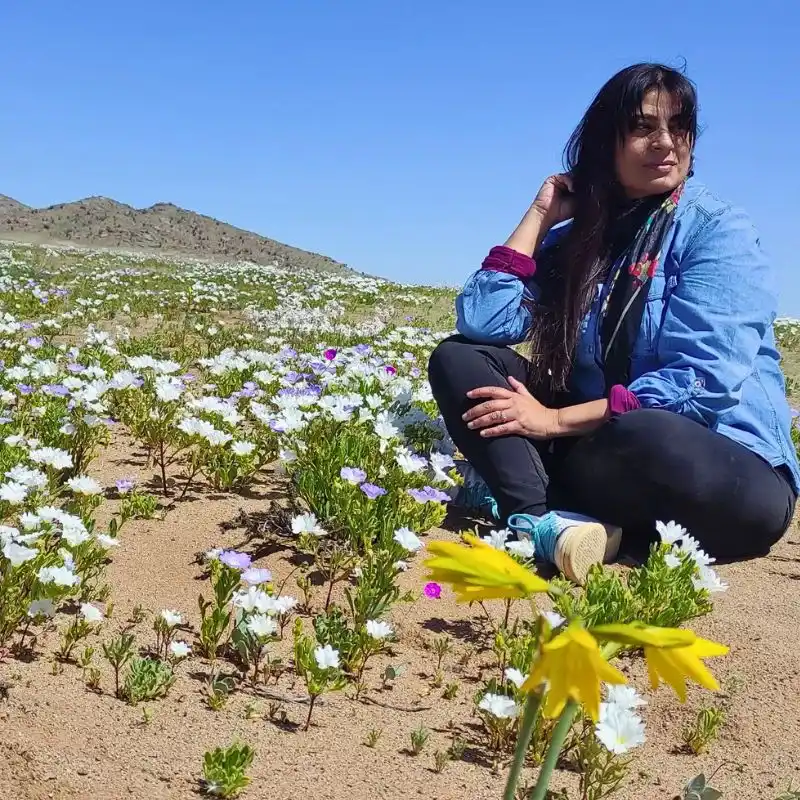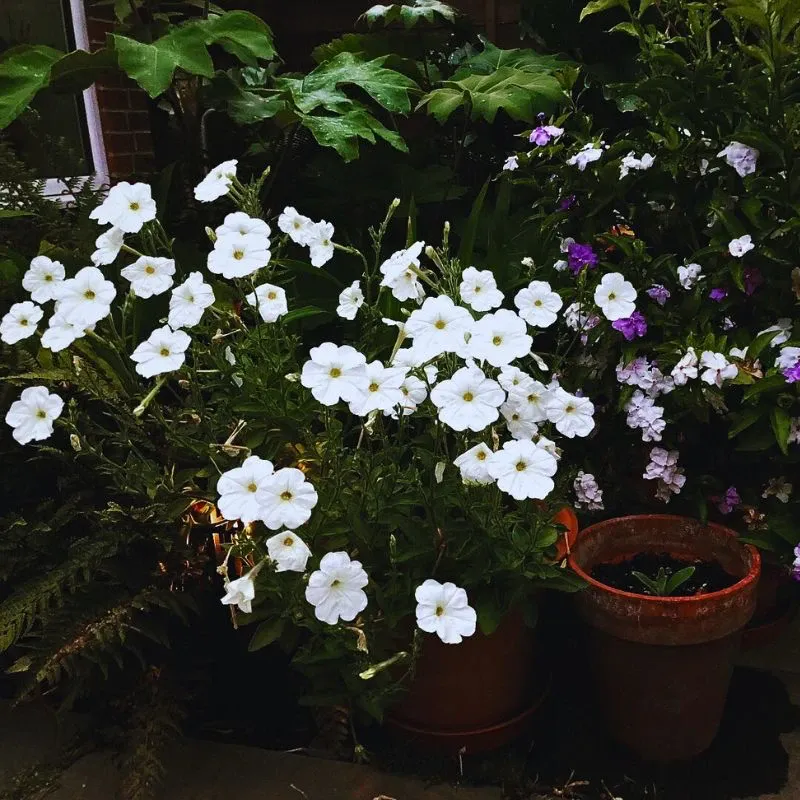The beauty of wildflower gardens is simply breathtaking. Imagine taking a stroll in a sun-dappled field, gentle floral colors playing in the light wind, butterflies dancing from one flower to the next, and the soft hum of busy bees creating an almost musical mood. This perfectly captures the essence of a wildflower garden, where native species and wildlife delightfully thrive, creating quaint scenes that celebrate untamed nature.
Wildflower gardens are more than just about aesthetics. These enchanting spaces offer not just visual beauty, but also practical benefits in the pursuit of environmental restoration, human wellness, and biodiversity conservation. Quite unlike traditional well-manicured landscapes, they work in harmony with natural ecosystems, creating natural spaces where biodiversity, wildlife, and humans delightfully thrive together.
Defining Wildflower Gardens
A wildflower garden is a deliberate planting of largely native, non-cultivated flowering plants that reproduce without any intensive human influence, yet retains enough design intent to distinguish it from spontaneous field succession. Classic definitions stress that true wildflowers have not undergone genetic modification for human aesthetics, meaning they occur in nature in forms recognizable to local pollinators and herbivores. These gardens contrast with conventional ornamental beds composed of hybridized annuals bred primarily for prolonged flowering or uniform stature.
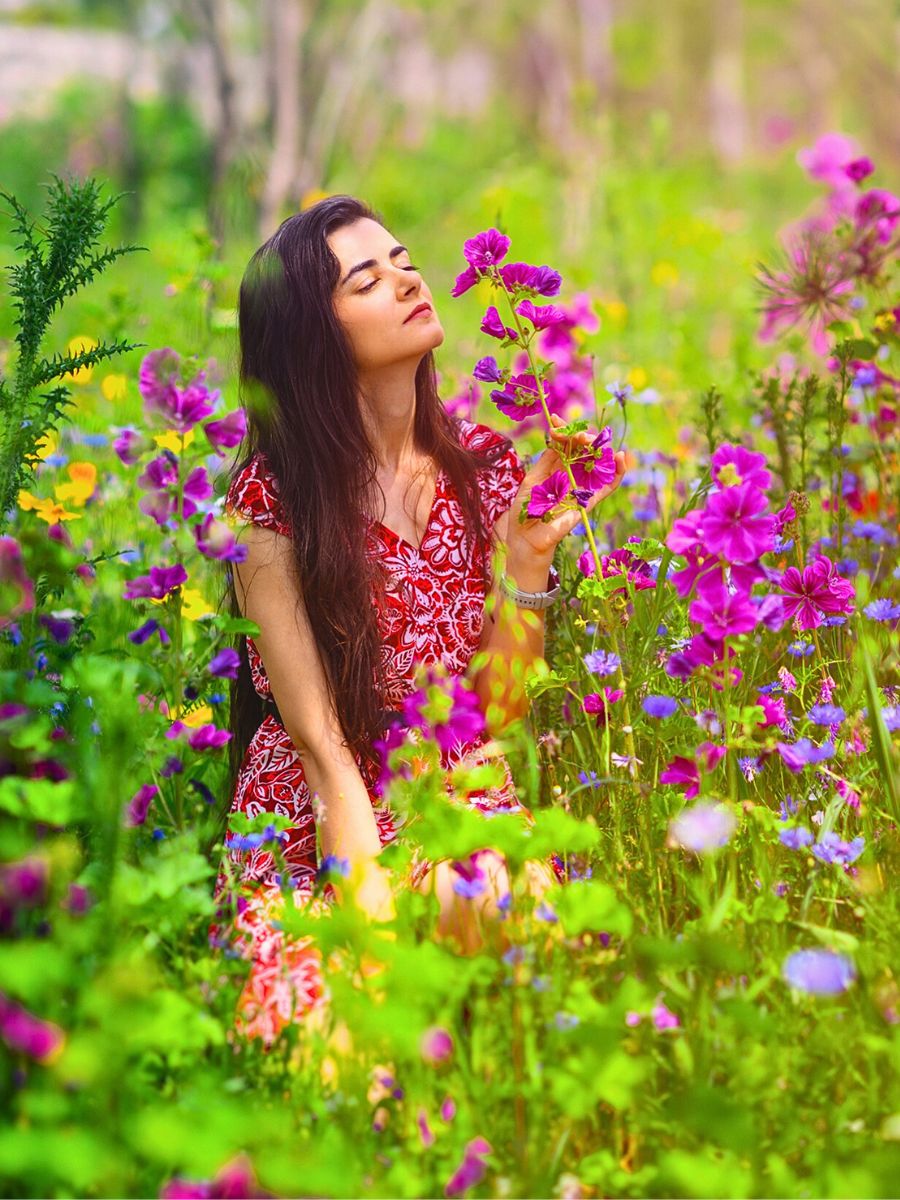
While early European cottage gardens already interwove edible herbs with field poppies and ox-eye daisies, the systematic concept of a cultivated ‘wildflower meadow’ coalesced in Britain’s Arts and Crafts movement of the late nineteenth century, when designers like Gertrude Jekyll promoted looser drifts of native species as an antidote to rigid Victorian bedding schemes. In North America, prairie restorationists of the 1930s Dust Bowl era also embraced native wildflowers for soil conservation, attaching the aesthetic to a land-management ethic still influential today.
The concept of wildflower gardening has, in recent years, gained great prominence as people seek important ways to contribute to ecological restoration. Because these gardens require minimal intervention once established, they are accessible to gardeners of all skill levels while delivering maximum environmental impact. They mark a return to gardening practices that are more about retaining natural processes rather than reorganizing them. Contemporary climate pressures and biodiversity loss have renewed interest in these gardens, recasting them as practical tools for urban ecology.
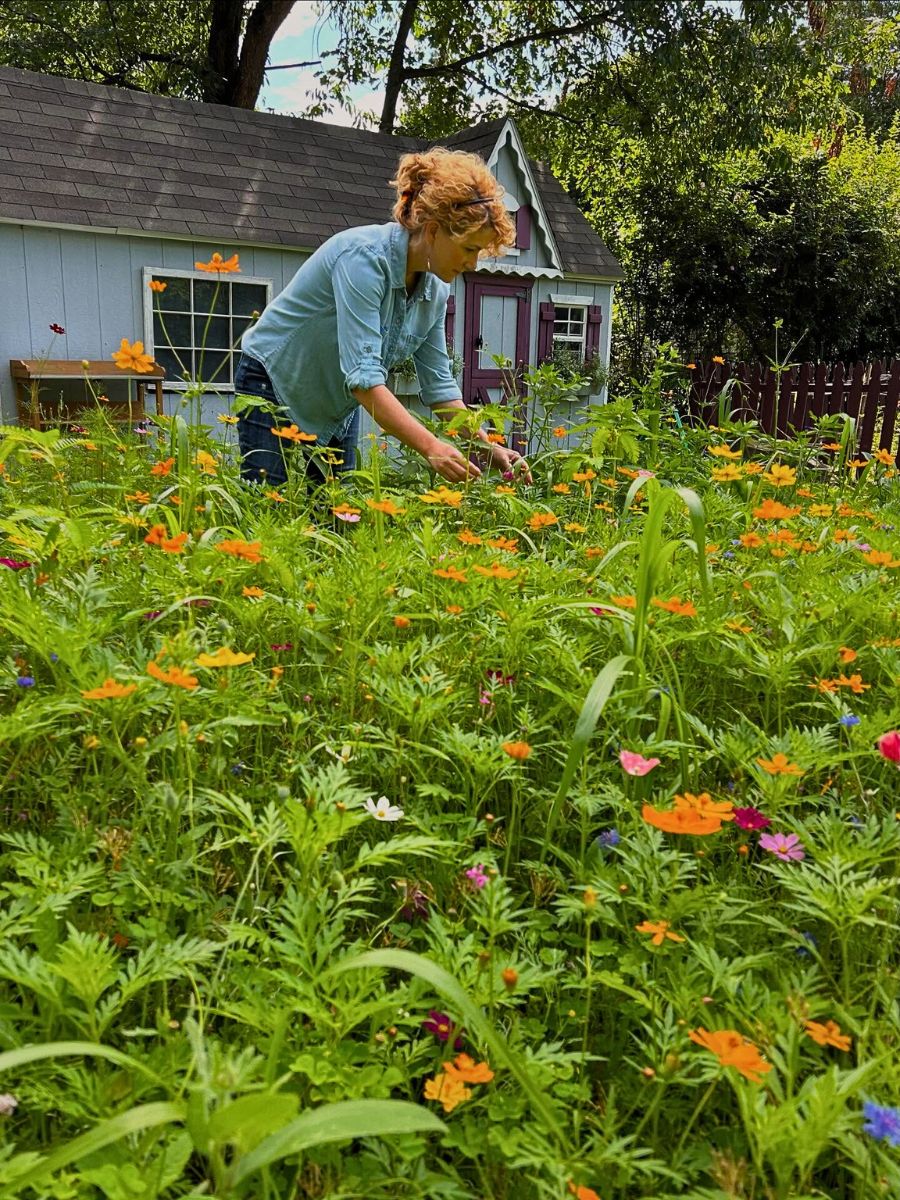
What Are Their Environmental Benefits?
Being amazing environmental tools, wildflower gardens offer benefits that go beyond their aesthetic appeal. These natural settings play a crucial role in carbon sequestration, with healthy grasslands and wildflower meadows storing up to 3 tons of carbon per hectare per year, which is more than double the amount that many cultivated woodlands store. Unlike traditional lawns that, in ways, contribute to air pollution through frequent mowing, these gardens reduce greenhouse gas emissions, requiring only 2-4 cuts per year once established, which cuts mowing-related emissions by about 75%.
Also, the deep-rooted systems of wildflowers create exceptional soil health benefits through their diverse root architectures. Deep taproots penetrate compacted layers and act as natural aerators that create vertical channels for water and air movement. Meanwhile, fibrous shallow root systems bind topsoil in place, preventing erosion from wind and rain. This natural restructuring is particularly valuable for gardeners dealing with sandy, clay-heavy, or nutrient-poor soils.

Still, wildflowers excel in water management and filtration. Native meadow plants create void spaces in the soil through deep root growth, allowing more stormwater to infiltrate than traditional turf fields. The enhanced infiltration decreases surface runoff and flood risks while naturally filtering pollutants before they reach waterways. The dense vegetation also acts as a natural filter, trapping excess nutrients, sediment, and pollutants, resulting in cleaner water quality.
Furthermore, these gardens contribute significantly to air quality improvement. Wildflowers act as natural air filters. They absorb pollutants like nitrogen oxides, sulfur dioxide, and particulate matter. They produce more oxygen and deplete carbon monoxide faster than traditional flowers, while their ability to grow in harsh and diverse environments makes them particularly effective at carbon capture.
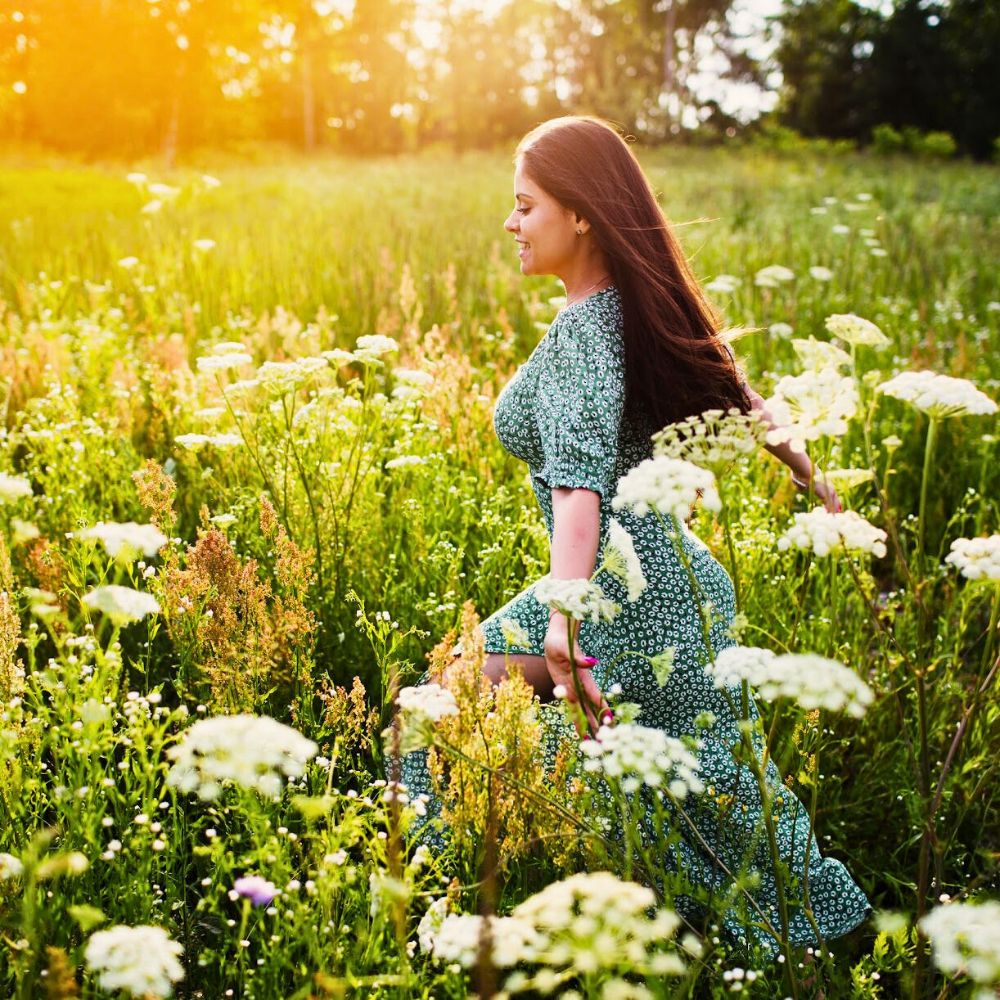
Their Health and Healing Benefits Through Nature’s Touch
The therapeutic effect of wildflower gardens makes them beneficial to human health and wellbeing. They create spaces that nurture both body and soul. Scientific research consistently demonstrates that exposure to wildflowers and natural landscapes significantly reduces cortisol levels, blood pressure, and improves heart rate variability. Areas with high native plant biodiversity are known to have positive impacts on mental health.
Studies show that people often report that flowers have an overall calming effect on their mood. Others find that focusing on creative activities with flowers around helps reduce stress levels. Plus, the varied-sensory elements of biodiverse wildflower areas—sounds, smells, and colors—offer quite a calming effect. These gardens are, therefore, effective therapeutic spaces that promote and enhance relaxation and calmness through their colors and diverse plant species, paired with the gentle hum and buzz of pollinators like bees and butterflies.


Horticultural therapy using wildflowers has also proven particularly effective for improving mental wellness. Engaging in gardening activities like planting and tending to wildflowers can reduce symptoms of anxiety and depression, improve cognitive function, and boost self-esteem and confidence. Gardening itself is an excellent exercise that improves strength, flexibility, and cardiovascular health while providing exposure to fresh air and sunshine.
More than that, many wildflower varieties offer direct medicinal benefits. Many native species contain compounds that have contributed to modern medicine. For example, foxgloves are known to contain digitalin, used to treat heart disease, while native plants like chamomile can alleviate digestive issues, and dandelions have proven mild diuretic effects. Their immune system benefits are equally impressive. Studies seem to suggest stronger immune systems and reduced incidence of certain health conditions in areas dominated by native plants compared to areas with non-native plants. Also, interaction with soil microbes, particularly Mycobacterium vaccae, increases serotonin levels and acts as an anti-inflammatory agent in the brain.
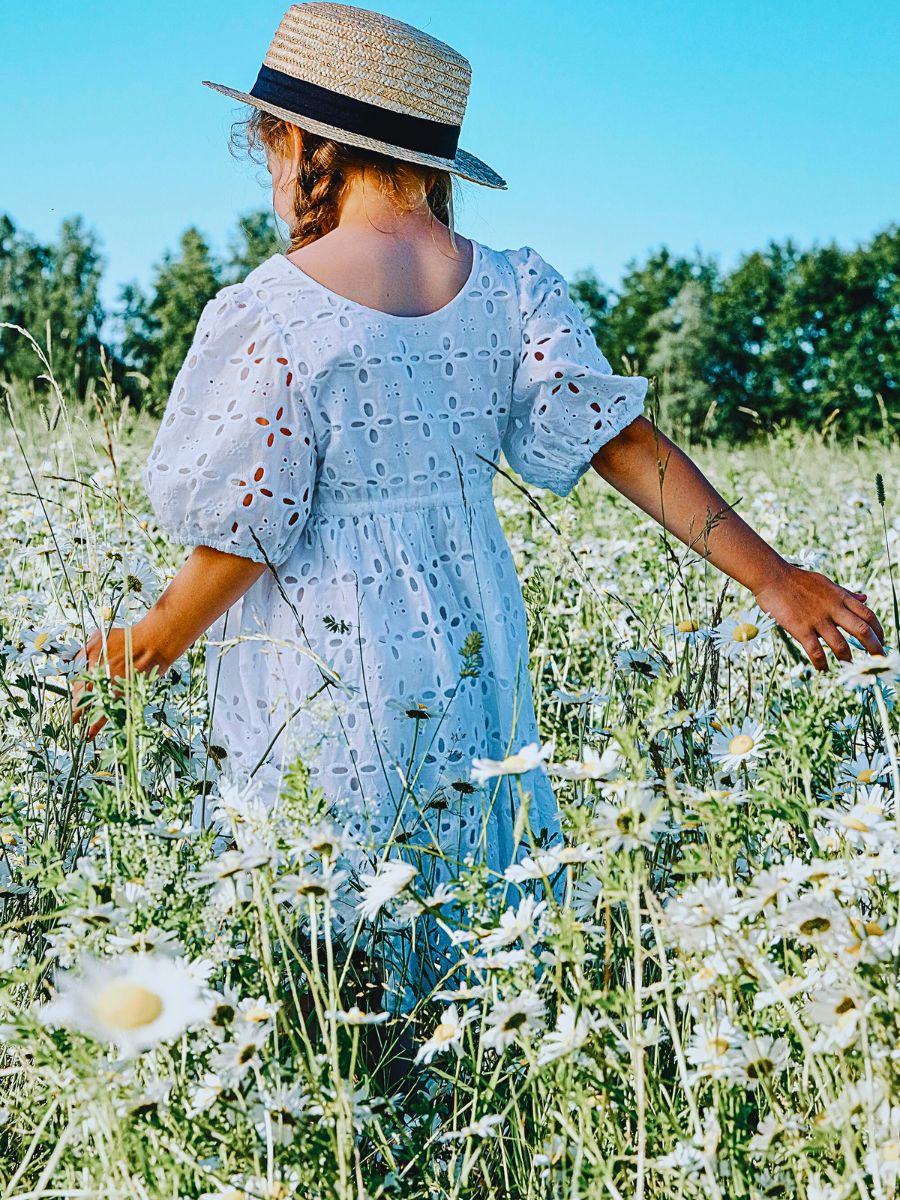
These Gardens Are the Best Biodiversity Reserves
Pollinator support is, perhaps, the most vital biodiversity benefit that wildflower gardens provide in the modern landscape. Native wildflowers offer essential nectar and pollen sources throughout growing seasons, supporting bees, butterflies, moths, and other pollinators whose populations decline due to habitat loss. A single healthy small meadow can be home to over 100 species of wildflowers, which in turn support diverse wildlife. The common bird's foot trefoil alone is, for example, a food plant for nearly 160 species of insects, which in turn, support mammals and birds like shrews and lapwings.
In addition, these gardens provide essential pollinator support throughout the year. On a single summer day, a mid-sized wildflower field can contain millions of flowers, producing enough nectar sugar to support more than 96,000 honey bees. This is particularly essential given that a huge percentage of the world's food crops depend on animal pollinators, yet flying pollinator invertebrates are continually declining.

The habitat diversity created by wildflower gardens is also extraordinary. They support about three times as many species of plants, spiders, and bugs compared to traditional lawns, including species with conservation designations. Terrestrial invertebrate biomass is also higher in these wildflower meadows, with bat activity over meadows being at least three times higher than on lawn areas. Further, the native plants are particularly significant in supporting local ecosystems. Native insects prefer them to non-native plants, with pollinators favoring wild flower varieties about 37% of the time compared to cultivars. These native species also support significant numbers of caterpillar species essential for local bird survival.
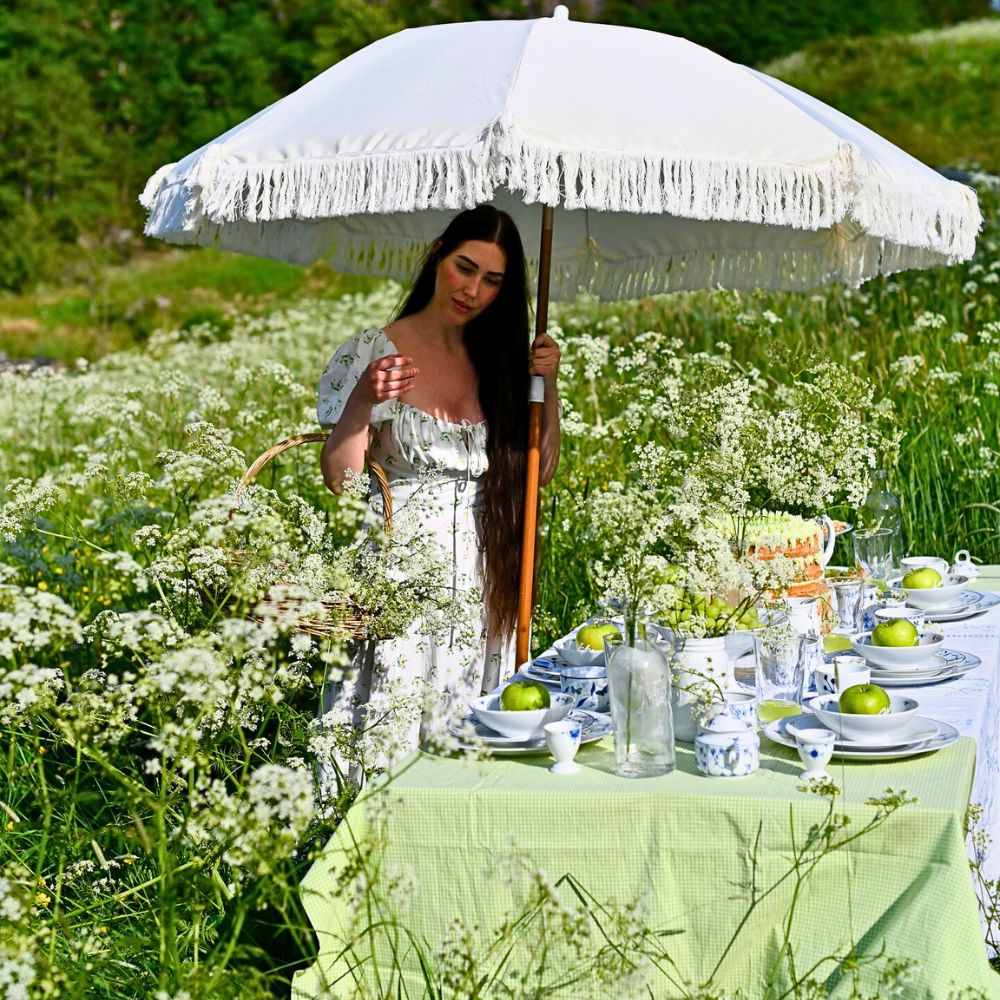
Additionally, because wildflower gardens attract varieties of birds, butterflies, and other wildlife by providing both food and shelter throughout the seasons, they create essential wildlife corridors and hibernating habitats. The stems, bunch grasses, and undisturbed ground provide nesting and overwintering sites for native invertebrates. Many butterfly species, for instance, lay their eggs exclusively on wildflowers, making these gardens critical for completing life cycles.
Lastly, plant preservation naturally occurs through wildflower gardens, especially those that prioritize indigenous species over exotic ornamentals. These gardens are genetic repositories for local plant populations while demonstrating the beauty and functionality of native flora. As development pressure threatens natural habitats, wildflower gardens are increasingly becoming important for maintaining regional plant diversity and supporting the relationships between native plants and local wildlife.

Essentially, these gardens offer a mix of environmental benefits, human health promotion, and biodiversity conservation, showing how beauty and functionality harmonize. Even such small garden patches often make great contributions to these benefits.


